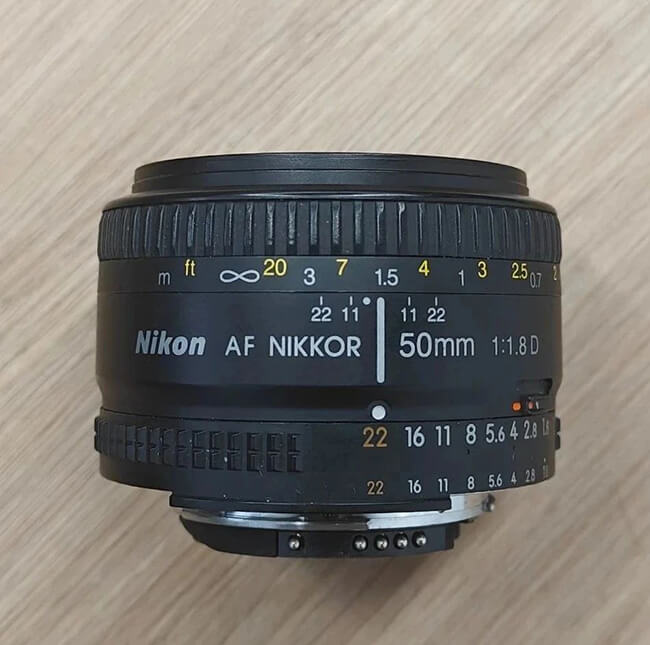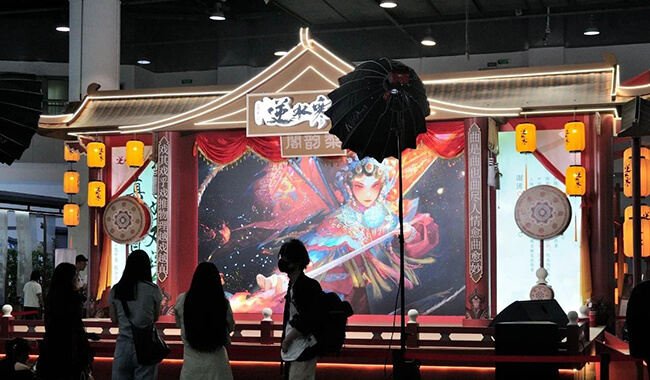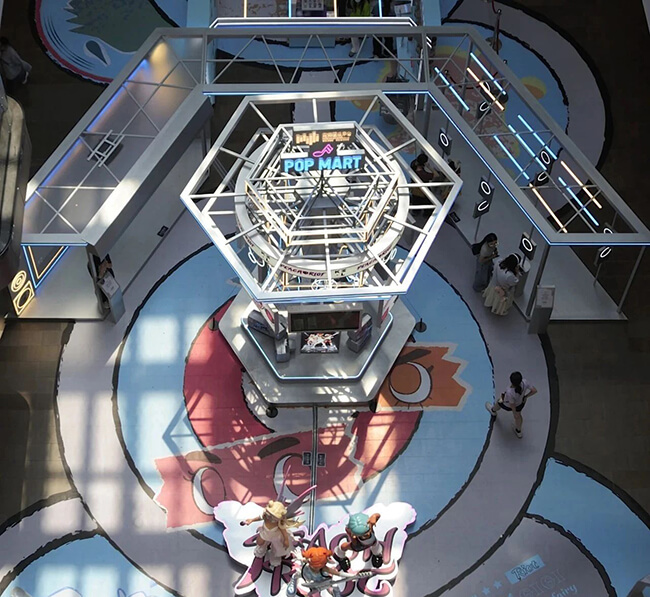Nikon's AF 50mm 1.8D was the first lens I paired with my SLR. At first, I couldn't get used to it. After using it for only a month, I switched to a standard zoom lens, the AF Nikkor 28-105mm 1:3.5-4.5 D. I'll talk about this "premium lens" from the film era later. Today, let's first discuss what I learned later about how to use a 50mm lens.

First: Shooting Portraits
This is also one of the reasons why I couldn't keep using the 50mm lens at first—because it lacked the "three essential elements for portraits". For those who don't know, you can search for it; it's a funny meme. As a socially anxious photography enthusiast, the only people I can photograph are my relatives and children, and after taking the photos, I have no desire to share them. To be honest, except for friends complimenting me, no one really wants to say that your child is good-looking.
There are several types of motivations for taking portraits and for others to view them. One is to capture the beauty of women, which works for young people, but for old couples, the photos are just for themselves to look at. Another is documentary portraiture, which requires in-depth photography topics—something that amateurs playing around can't reach or don't want to touch. The third is shooting people's costumes or cosplay, which also requires having a hobby in these areas. So if you want to take portraits, it's better to first find more opportunities to shoot.

Second: How to Achieve an Unusual Perspective
It's said that the angle of view of a 50mm lens is the most consistent with the human eye's observation habits. There's a lot to debate about this, but I won't go into it here. However, it's true that if you just walk down the street, pick up your camera, and take a photo with a 50mm lens, it will look particularly ordinary. This is because one way to create fresh photography works is to shoot from an unusual perspective. Whether it's extremely close (a close-up of a facial part), extremely far (the empty feeling like shot with a 35mm lens), standing very high for a bird's-eye view, or putting the camera very low for a worm's-eye view, all these are more unusual than holding the camera at eye level and shooting straight ahead.

Third: Don't Shoot Buildings from a Low Angle (with Upward Tilt)
What's being referred to here is a slight tilt up or down, the kind that goes unnoticed when shooting. I learned this from a YouTube video about 50mm lenses, but I can't find the original video for now.
Why is that? Because when the human eye looks at a building, it's relatively easy to notice the distortion of the vertical lines on the building. If you shoot a building from a low angle (with upward tilt), the perspective effect will make the building narrower at the top and wider at the bottom. Parallel lines will converge to a point and no longer be parallel. Therefore, many professional architectural photographers climb buildings to avoid shooting from a low angle. At this time, if you shoot the main subject in front of the building, it will be within the frame formed by these non-parallel lines, making people feel uncomfortable. This is particularly important for a 50mm lens. For a wide-angle lens, there's basically no need to shoot from a low angle; for a lens with a slightly longer focal length, the angle of view is smaller, and you can only shoot the subject straight when it's farther away.
The correct approach: Hold the lens level, raise or lower the camera as needed, and shoot horizontally. The vertical lines in the background will be more upright.

Conclusion: So the next time you pick up a 50mm lens, think about the above points when shooting. Maybe you can take pictures that are different from before.
Related Tags: Photography experience
